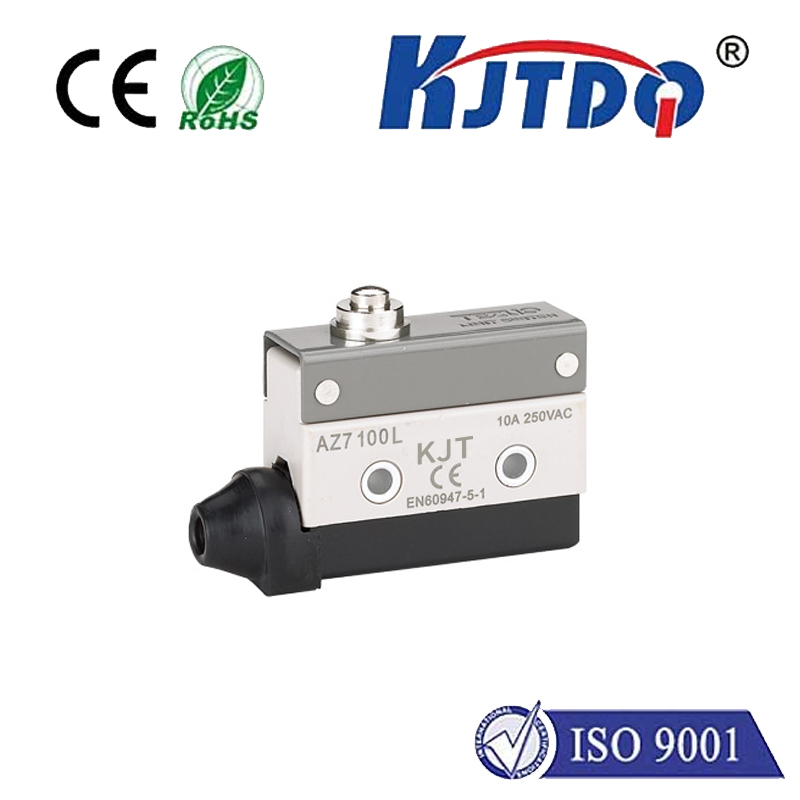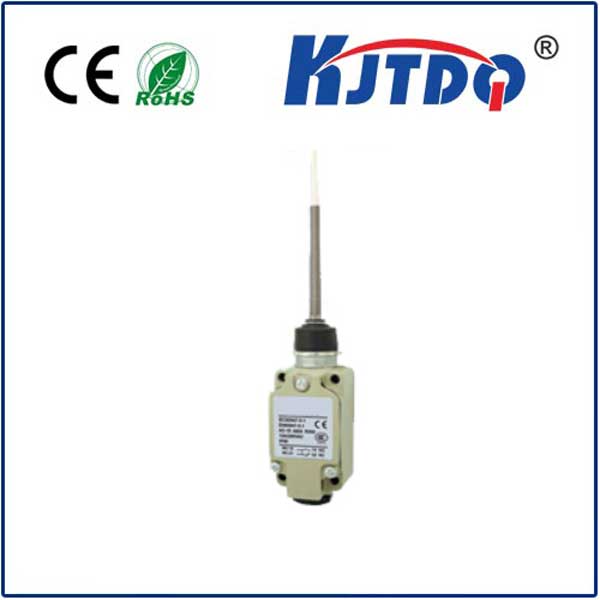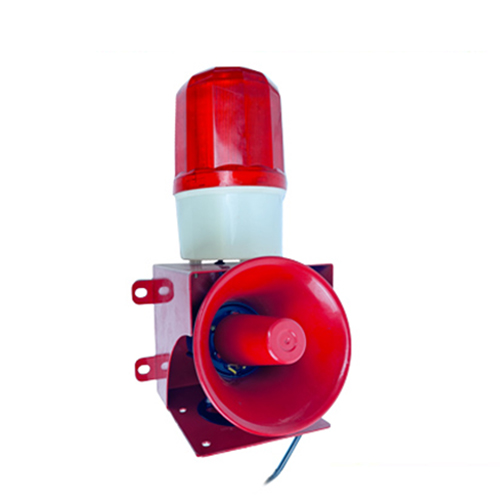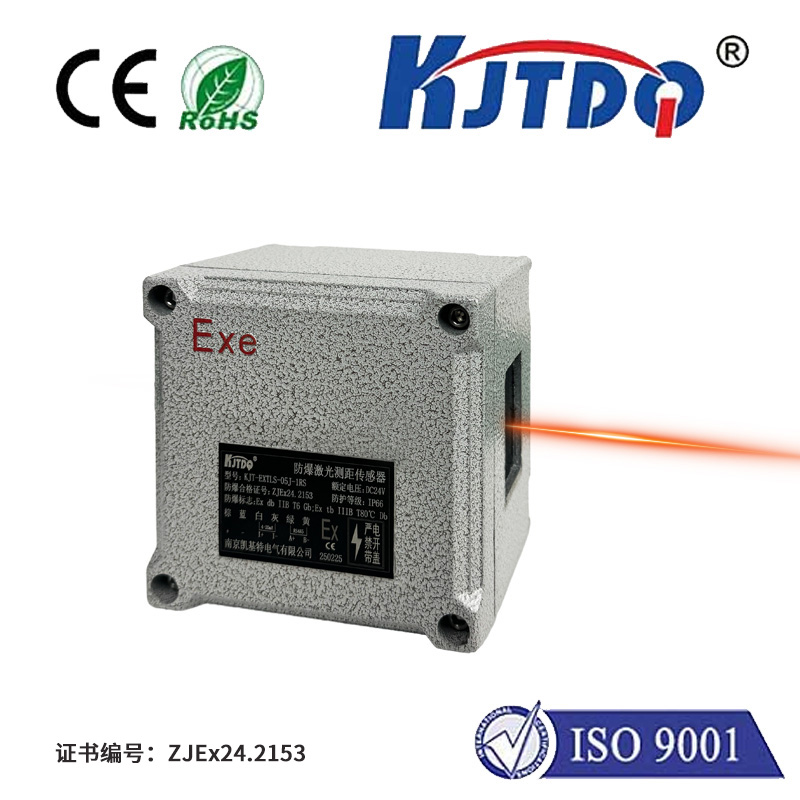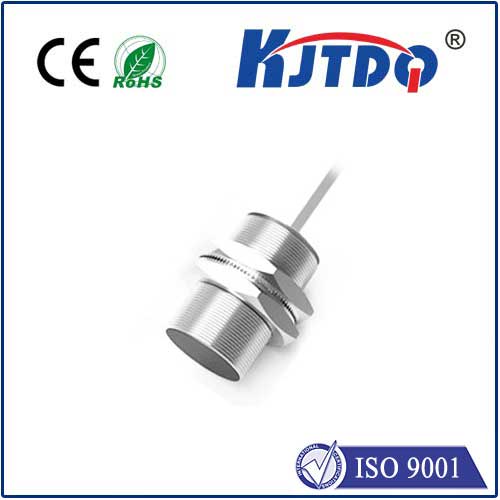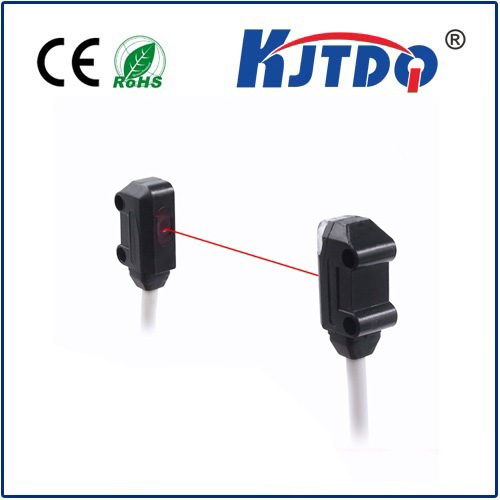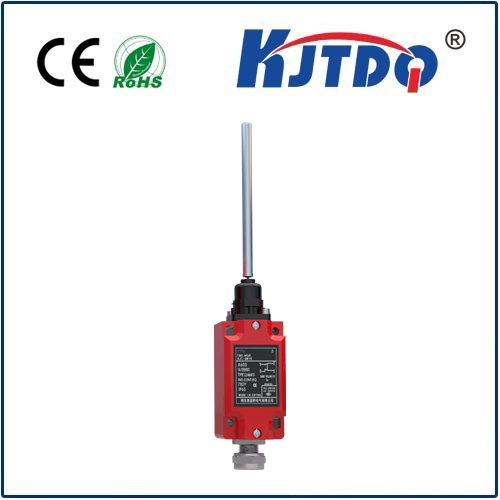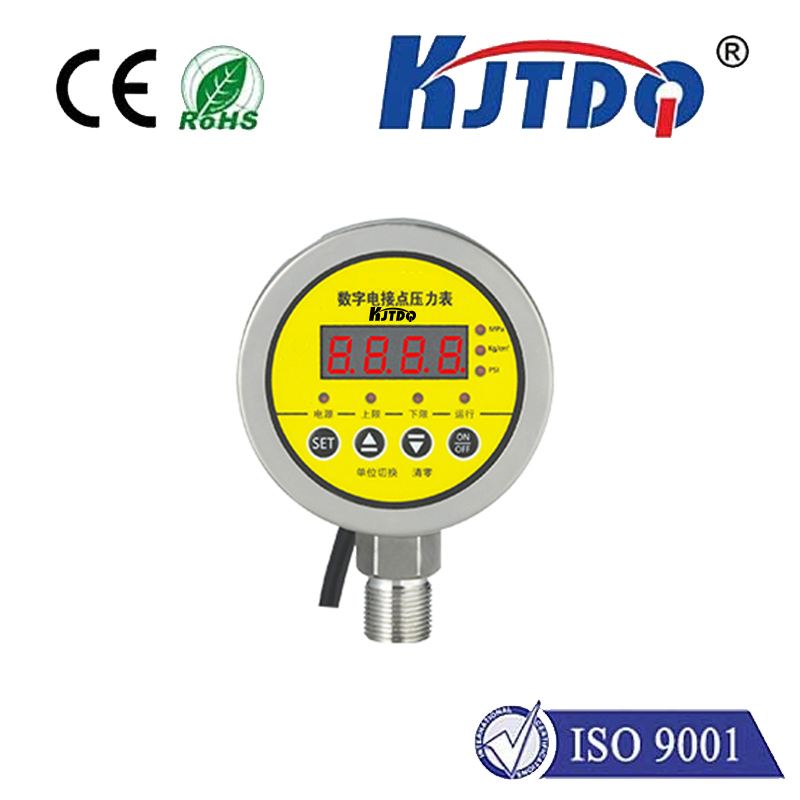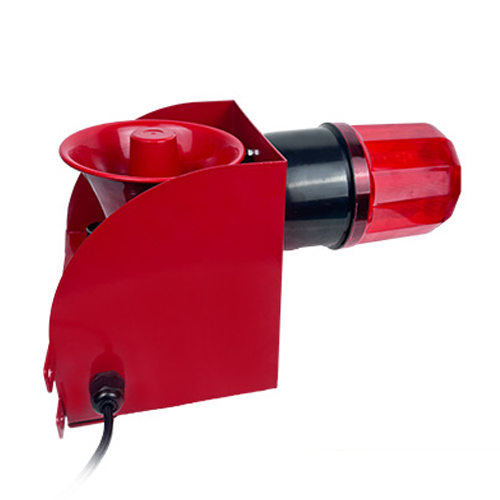safety proximity sensor
- time:2025-07-01 12:16:01
- Нажмите:0
The Unsung Guardian: How Safety Proximity Sensors Revolutionize Industrial Protection
Imagine a high-speed robotic arm swinging tons of metal with pinpoint precision. Now imagine a worker accidentally stepping into its path. Without intervention, this scenario ends in tragedy. This is where the safety proximity sensor steps in – the silent, vigilant sentinel preventing countless workplace disasters every day. More than just a detector, it’s a fundamental pillar of modern machine safety and automation safety, forming the bedrock of reliable collision prevention and hazard mitigation.
At its core, a safety proximity sensor is a specialized non-contact detection device designed explicitly to prevent accidents. Unlike standard proximity sensors used for process control, safety-rated variants are built and certified to stringent international standards (like IEC 60947-5-3, IEC 61496, and ISO 13849). This means they incorporate redundant circuits, self-monitoring capabilities, and fail-safe designs. If the sensor detects an internal fault or failure, it doesn’t just stop working; it actively triggers the safety circuit to shut down the hazardous machine motion. This is the critical distinction – functional safety is engineered into its DNA.
How Do They Create a Safety Zone?
The principle of operation depends on the technology:
- Inductive Sensors: These detect the presence of metallic objects within a defined range. An electromagnetic field generated by the sensor is disturbed by the target metal, causing a change in oscillation amplitude. Safety inductive sensors are workhorses for guarding moving machine parts like presses, clamps, or robotic cells.
- Capacitive Sensors: Capable of detecting both metallic and non-metallic materials (like plastics, wood, liquids, or even a person), these sense changes in an electrostatic field. They are ideal for applications requiring detection of materials through barriers or guarding access points where various objects might intrude.
- Magnetic Sensors: Often utilizing reed switches or Hall effect chips encased in rugged housings, these detect the presence of a permanent magnet. They are frequently used as safety position switches on guards, doors, or movable barriers. Opening the guard moves the magnet away, triggering the safety shutdown.
- Photoelectric Safety Sensors (Light Curtains/Safety Scanners): While technically part of the proximity sensor family for safety, these create an invisible light grid or field. Breaking the light beam signals an intrusion into the safety zone, demanding immediate stoppage. They are crucial for safeguarding large access points or complex perimeters.
Why Safety Proximity Sensors are Indispensable: Key Advantages

- Non-Contact Detection: Eliminates wear and tear associated with mechanical switches, leading to significantly longer service life and reduced maintenance.
- High Reliability and Fail-Safety: Designed with redundancy and continuous self-checking (e.g., cross-monitoring), they meet Performance Levels (PL) or Safety Integrity Levels (SIL) required for critical safety functions.
- Fast Response Times: Crucial milliseconds matter in preventing accidents. Safety proximity sensors offer extremely rapid detection and signal transmission to the safety controller.
- Resilience in Harsh Environments: Engineered with robust housings (often IP67, IP68, IP69K rated) from materials like stainless steel or rugged plastics, they withstand dust, moisture, oils, chemicals, vibration, and extreme temperatures common in factories.
- Simplified Integration: Modern safety sensors often feature standardized M12 connectors and interfaces compatible with safety PLCs (Programmable Logic Controllers) and safety relays, streamlining system design and installation. Features like IO-Link are increasingly common for diagnostics.
- Flexible Application: From simple guard door monitoring to complex multi-zone protection schemes, their versatility makes them suitable across virtually all industrial sectors – manufacturing, automotive, packaging, material handling, robotics, and more.
Core Applications: Where Safety is Paramount
Safety proximity sensors are the first line of defense in countless scenarios:
- Machine Guarding: Monitoring the closed position of safety gates, doors, and hinged guards. If a guard is opened while machinery is active, the safety sensor immediately triggers a safety shutdown.
- Access Protection: Creating restricted zones around hazardous areas. Intrusion by personnel or equipment into the safety field stops machinery.
- Presence Detection: Ensuring operators’ hands are clear of dangerous points during a machine cycle start (two-hand control often relies on safety sensors) or confirming material/part positioning is safe before operation.
- Position Verification: Ensuring robotic arms, slides, or movable platforms have fully retracted or reached a safe home position before allowing access or next cycle start.
- Collision Avoidance: Used on Automated Guided Vehicles (AGVs) and mobile robots to detect obstacles and people in their path, initiating emergency stops or path corrections.
Choosing the Right Guardian: Selection Considerations
Selecting the optimal safety proximity sensor requires careful thought:
- Target Material: Metal only (Inductive)? Any solid/liquid (Capacitive)? Magnet (Magnetic)?
- Required Sensing Distance: Determine the necessary range (Sn) based on the application geometry and required safety distance calculations.
- Environmental Conditions: Consider temperature extremes, potential for washdown, exposure to chemicals, oils, dust, or explosive atmospheres (requiring ATEX/IECEx certification).
- Safety Performance Level (PL) / SIL Requirement: Define the necessary risk reduction level based on a risk assessment of the guarded hazard. This dictates the sensor’s required category and performance.
- Mounting and Size Constraints: Flush or non-flush mounting? Space limitations?
- Output Type: PNP or NPN? Solid-state relay output? IO-Link?
- Connection: Cable outlet or standardized connector (e.g., M8, M12)?
- Certification: Ensure the sensor carries the necessary regional and international safety certifications (e.g., UL, CE, TÜV, etc.).
Maintenance: Ensuring Continuous Vigilance
While robust, regular inspection and functional testing are vital:
- Visually inspect sensors for physical damage, buildup of debris, or contamination.
- Clean sensing faces regularly according to manufacturer instructions.
- Verify correct operation and triggering through routine safety function tests as defined in the machine’s safety validation plan.
- Monitor diagnostic outputs if available (e.g., via IO-Link or status LEDs).
The Future: Smarter, More Integrated Safety
The evolution continues. Integration with Industrial IoT (IIoT) platforms allows for predictive maintenance by analyzing sensor health data and operational trends. Enhanced diagnostics via IO-Link Safety provide deeper insights into field conditions and potential issues. Safety proximity sensors are becoming smarter nodes within the broader functional safety network, contributing not just to protection, but also operational intelligence.
From the largest automotive assembly line to the smallest packaging machine, safety proximity sensors operate tirelessly. They embody the principle that preventing harm is infinitely better than reacting to it. By providing reliable, non-contact detection and fail-safe operation, they enable human-machine collaboration with confidence, fostering safer, more productive, and ultimately, more humane industrial environments. They are the indispensable, often invisible, guardians ensuring that when man and machine share space, safety is never left to chance.

